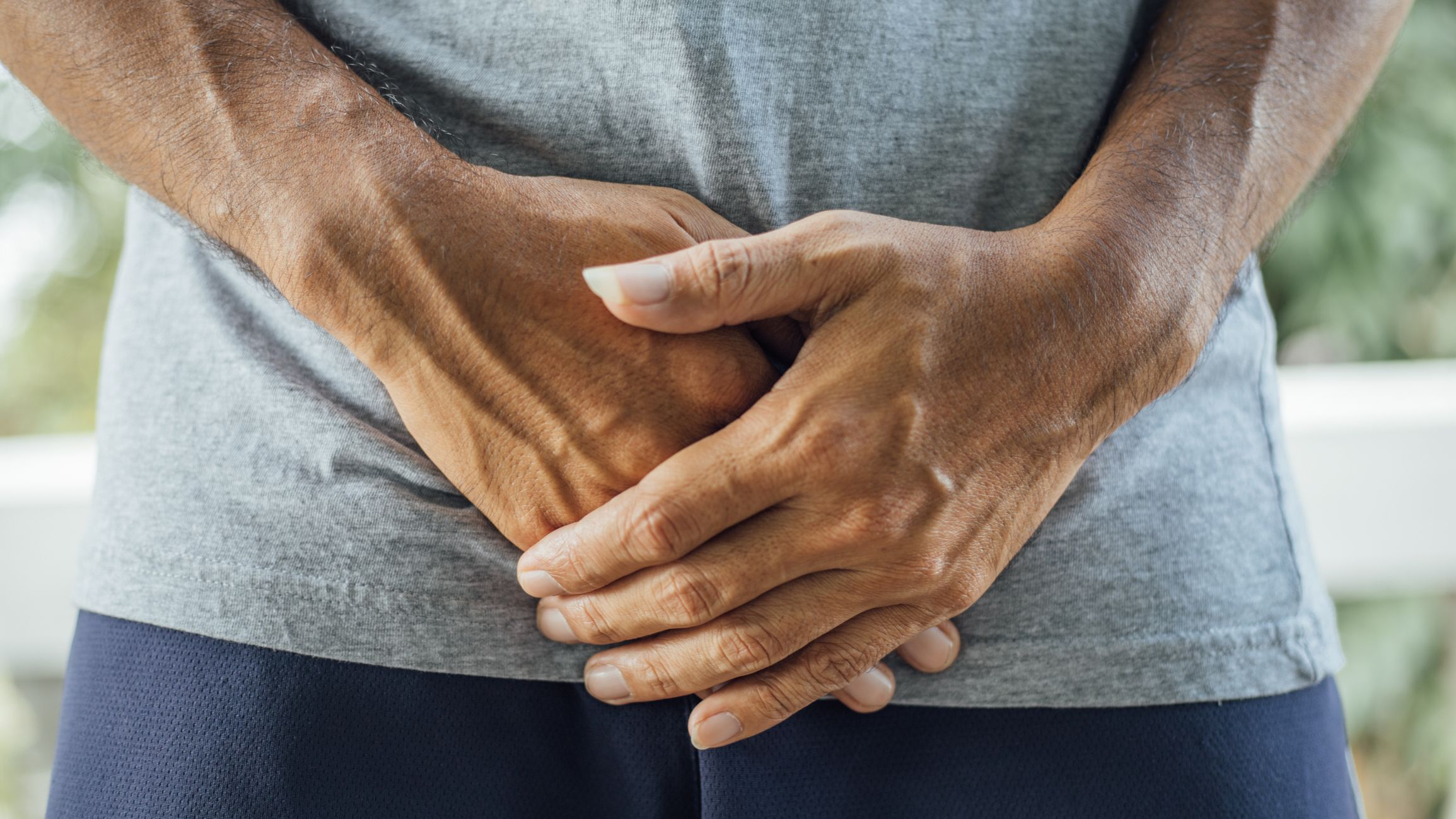Back
The Myths and Truths About Prostatitis
By Shannon Strauch, PTA, STMT-1 on 11/13/2024

Prostatitis, a condition involving inflammation or infection of the prostate gland, is a common yet often misunderstood health issue for men. This condition can bring about a range of uncomfortable symptoms, from pelvic pain to painful urination and even difficulties with sexual function. Let’s break down some of the most common myths and truths about prostatitis and explore how pelvic floor therapy can be an effective treatment option.
Myth 1: Prostatitis Always Means a Bacterial Infection
Truth:
While some cases of prostatitis are bacterial, not all are. Prostatitis is actually a broad term covering multiple types, and only a small percentage are due to bacterial infections. Non-bacterial chronic prostatitis, also known as chronic pelvic pain syndrome (CPPS), is the most common form. This type of prostatitis is often due to muscle tension, inflammation, or other underlying issues unrelated to bacteria.For bacterial prostatitis, antibiotics are typically prescribed. However, when bacteria aren’t the cause, antibiotics won’t provide relief, and different treatment approaches are necessary.
Myth 2: Prostatitis Only Affects Older Men
Truth:
While prostatitis can occur at any age, it is actually more common in younger and middle-aged men. Unlike benign prostatic hyperplasia (BPH), which predominantly affects older men, prostatitis can affect men as early as their twenties. This myth often leads younger men to ignore symptoms, dismissing them as something they don’t have to worry about. However, early diagnosis and treatment can make a significant difference in managing symptoms.Myth 3: Prostatitis Is Always Caused by Lifestyle Choices
Truth:
While certain lifestyle factors, like stress and diet, can contribute to prostatitis symptoms, they are not the sole cause. Many factors, including muscle tension, nerve sensitivity, and autoimmune responses, can contribute to or exacerbate prostatitis. Genetics and other health conditions, like irritable bowel syndrome or urinary tract issues, can also increase a person’s likelihood of developing prostatitis. While making healthy lifestyle changes can help manage symptoms, they are not always sufficient for complete relief.Myth 4: Sexual Dysfunction in Prostatitis Is Permanent
Truth:
Prostatitis can indeed cause painful ejaculation, reduced libido, and erectile difficulties, but these symptoms are often treatable. In cases of non-bacterial prostatitis, pelvic floor therapy can play a significant role in alleviating these symptoms by addressing the tension, pain, and muscular issues associated with the condition. Many men find that with consistent therapy and the right exercises, sexual function can improve over time.How Pelvic Floor Therapy Can Help with Prostatitis
For men with chronic pelvic pain syndrome (CPPS) or non-bacterial prostatitis, pelvic floor therapy offers a non-invasive and effective treatment option. Here’s how it works:
Pain and Tension Relief:
Many cases of CPPS and prostatitis involve excessive tension in the pelvic floor muscles, which can cause pain, urinary difficulties, and discomfort during sex. Pelvic floor therapists use techniques like myofascial release, trigger point therapy, and gentle stretching exercises to reduce tension and alleviate pain.Improving Bladder and Bowel Function:
Prostatitis symptoms often include difficulty urinating, frequent urges to go, or pain with bowel movements. Pelvic floor therapy can help by training the muscles that support the bladder and rectum to work in coordination. This therapy may involve biofeedback exercises that help patients regain control over these muscles and improve their ability to fully empty the bladder, alleviating discomfort.Enhancing Sexual Function:
The pelvic floor muscles play a crucial role in sexual health, particularly in maintaining erections and ejaculation control. When these muscles are tense or misfiring, it can lead to issues with sexual performance and comfort. Pelvic floor therapy can help improve blood flow, reduce pain, and enhance coordination of these muscles, which can lead to better, more comfortable sexual experiences.Reducing Nerve Sensitivity:
Chronic prostatitis can often lead to heightened nerve sensitivity in the pelvic area. Pelvic floor therapists may employ desensitization techniques to help retrain the nerves, so they are less reactive to normal stimuli, which can be incredibly helpful in managing chronic pain symptoms.Stress Reduction and Breathing Exercises:
Stress is often a trigger for CPPS symptoms, as it causes muscle clenching, poor breathing habits, and worsens pelvic tension. Pelvic floor therapy often incorporates relaxation exercises, diaphragmatic breathing, and mindfulness techniques to help patients manage stress and reduce overall muscle tension.
Final Thoughts
Understanding the myths and truths about prostatitis is essential in finding the right treatment approach. If you’re struggling with symptoms of prostatitis, especially if they have not responded to antibiotics, considering pelvic floor therapy may be a step toward meaningful relief.
By working with a pelvic floor therapist, men with prostatitis can learn how to relax their pelvic muscles, improve coordination, and manage their symptoms for a better quality of life. Prostatitis is treatable, and relief is within reach—pelvic floor therapy can help pave the way. Looking to optimize your well being with pelvic floor physical therapy? Reach out to us at Pelvic Health Center in Madison, NJ to set up an evaluation and treatment! Feel free to call us at 908-443-9880 or email us at receptionmadison@pelvichealthnj.com.
Read More:
How Chronic Pelvic Congestion in Men Contributes to Prostatitis By Shannon Strauch, PTA, STMT-1 on 12/11/2024 How lymphatic issues can cause symptoms of prostatitis Prostatitis and Tight Pelvic Floor Muscles: A Comprehensive Guide By Shannon Strauch, PTA, STMT-1 on 12/10/2024 How a tight pelvic floor can be the reason for prostatitis symptoms
Are you ready to live pain free?
Request An Appointment